

Visible Roots


Editor'sNote
Welcome to the 7th Issue of Visible Roots, the Global Diversity Magazine of The International School of Dakar!
We’re thrilled to present this special issue dedicated to Sénégal, our amazing home! This edition highlights the remarkable people, traditions, and stories that define this nation, celebrating the heart and soul of Senegalese identity.
Join us as we explore the legacies of influential figures such as Blaise Diagne, Cheikh Anta Diop, Cheikh Amadou Bamba, Lat Jor, and Lamine Guèye, whose leadership and vision have shaped Senegal's past and present. We also spotlight the global impact of cultural icons like Youssou N’Dour and Cheikh Lô, whose artistry has brought the sounds of Sénégal to the world stage.
This special issue is launching as part of “This is Sénégal” Week at ISD, a growing celebration where students of all ages will come together to explore Sénégal’s rich cultural traditions, history, and heritage. Through shared activities, food, music, and hands-on learning, our community will honor the spirit of Sénégal.
Let’s honor, learn from, and celebrate the incredible heritage of Sénégal together!




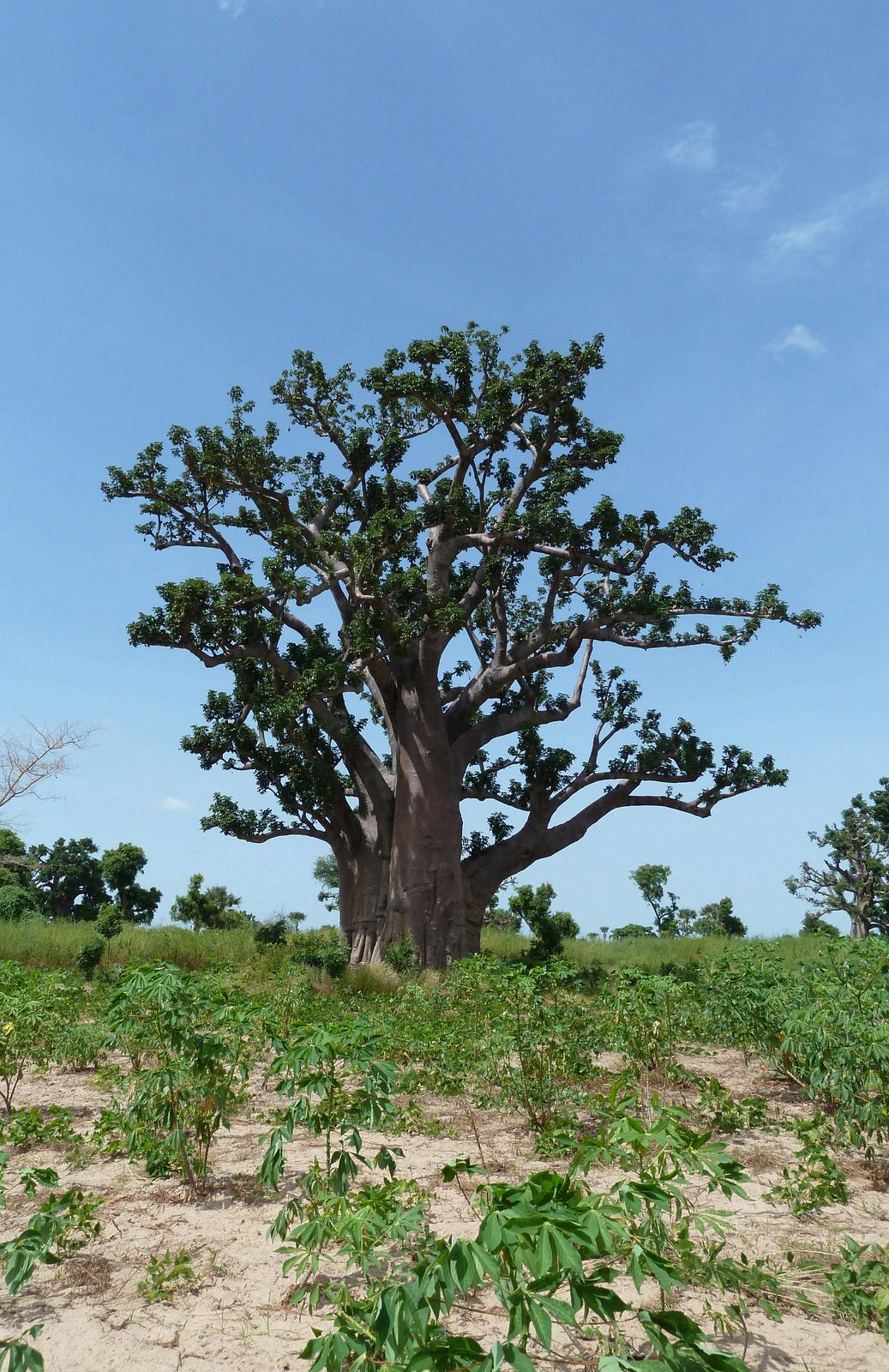
Baobab


NOTE: Visible Roots is an INTERACTIVE magazine! Just click on any portrait, and you will be taken to a link that shows each person or cultural aspect through video.
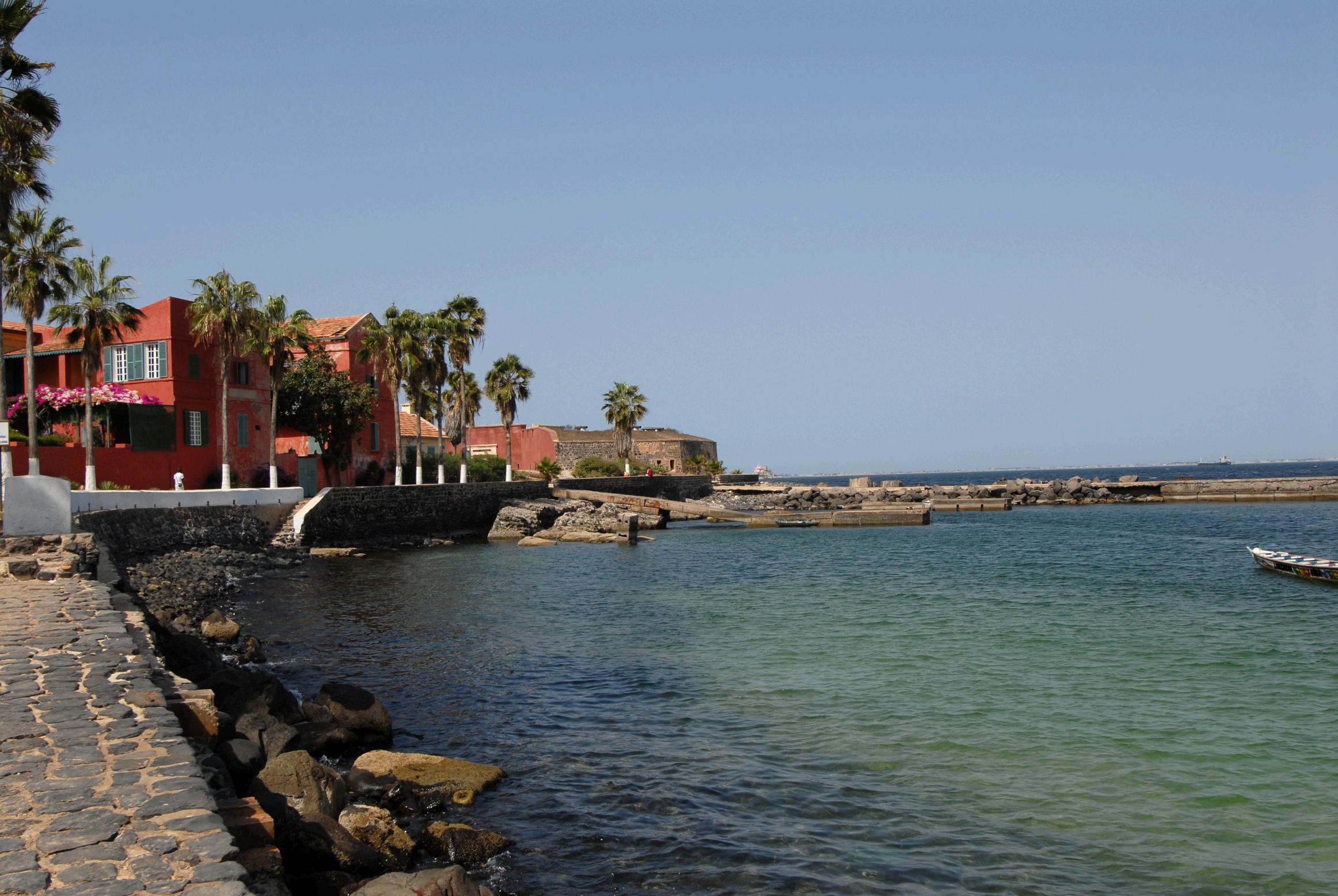
62 4
SENEGAL
Leaders
Authors
Artists
Athletes
Scientists
Musicians
Cultural
Heritage
2 53 4
SERVICELEARNING LOCATIONS
I am a powerful Africa Peacemaker
Peace is a Palaver Tree
No Sustainability, No Peace
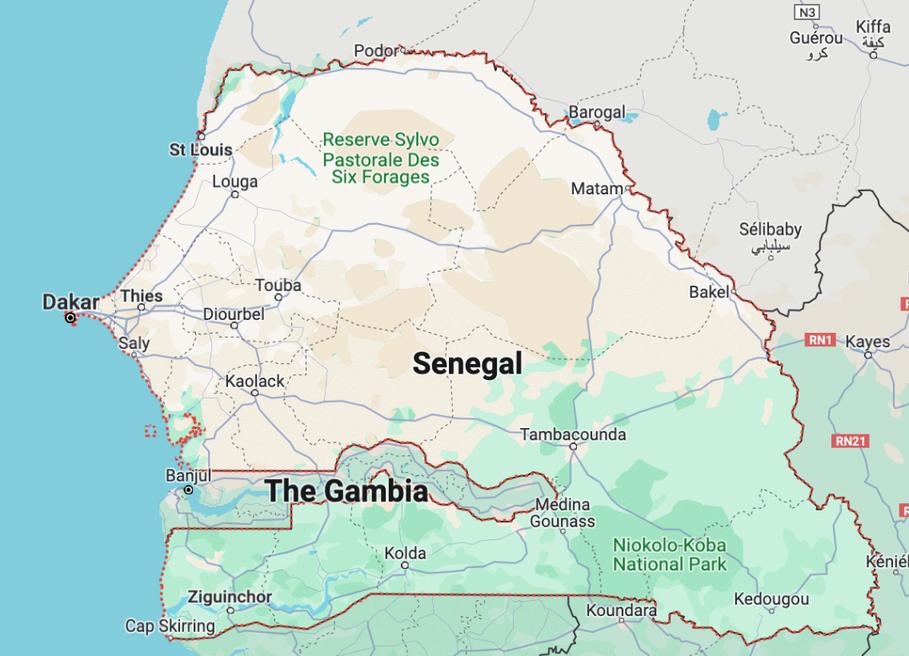

Did you know ISD is actually one of the most diverse international schools in the world?



Léopold Sédar Senghor (1906–2001)
was a Senegalese poet, philosopher, and politician who became the first president of Senegal, serving from 1960 to 1980. As a key figure in the Negritude movement, Senghor championed African identity and cultural pride through his poetry and philosophy. His leadership focused on fostering a unified national identity post-independence, emphasizing education and cultural development. Senghor’s legacy is monumental in shaping Senegal’s political stability and its reputation as a beacon of African culture.
LÉOPOLD
SÉDAR SENGHOR SÉDAR SENGHOR


Blaise Diagne (1872–1934) was a Senegalese politician and the first African elected to the French National Assembly. As a champion of African rights, he worked to secure equal citizenship for Senegalese inhabitants of the "Four Communes" under French colonial rule. Known for his advocacy of equality and reforms, Diagne played a pivotal role in integrating African soldiers into the French Army during World War I. Dakar’s international airport is named after him.
DIAGNE BLAISE
Click on the portraits to learn more about these leaders!
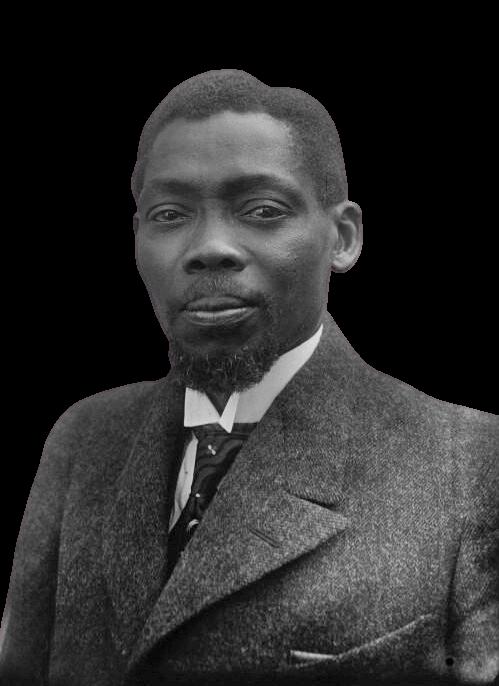


Lamine Guèye (1891–1968) was a Senegalese politician and prominent anti-colonial activist. He served as a deputy in the French National Assembly and was a vocal advocate for African autonomy and equality. As a legal expert and one of Senegal's first African lawyers, he pushed for reforms that advanced civil rights for Africans in French colonies.
LAMINEGGUEYE UEYE
Cheikh Anta Diop (1923–1986) was a Senegalese anthropologist, widely regarded as one of Africa’s most influential intellectuals. Known for his groundbreaking research on the cultural and historical contributions of African civilizations, Diop challenged Eurocentric narratives by asserting the African origins of ancient Egypt. His interdisciplinary work combined history, linguistics, and science to affirm Africa's pivotal role in global history, inspiring generations of scholars and leaders.
CHIEKH ANTA DIOP ANTA DIOP
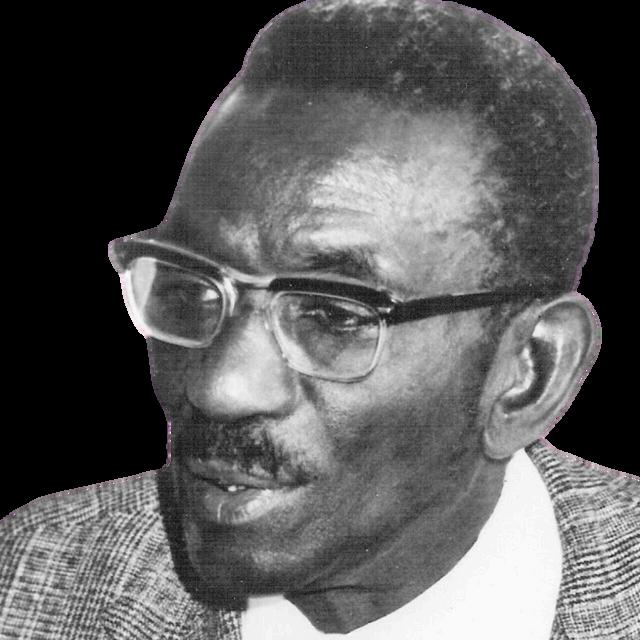
Click on the portraits to learn more about these leaders!
Cheikh Amadou Bamba (1853–1927)
was a Senegalese Sufi mystic and founder of the Mouride Brotherhood, one of the most influential Islamic movements in Senegal. Revered as a spiritual guide and peacemaker, he emphasized hard work, humility, and devotion to God, leaving a profound legacy in Senegalese religious and cultural life.
CHIEKH
AMADOU BAMBA AMADOU BAMBA

IBRAHIMA NIA IBRAHIMA NIA CHIEKH
Ibrahima Niass was a Senegalese lead the Tijānī Sufi order of Islam in West Afr followers in the Senegambia regio affectionately refer to him in Wolof as B "father."
Niasse became close to many freedom f in West Africa due to his contribution Independence in African States. He was with and an adviser to Ghana's first Pre Kwame Nkrumah, and friends with Ga Abdel Nasser and King Faisal of Saudi A

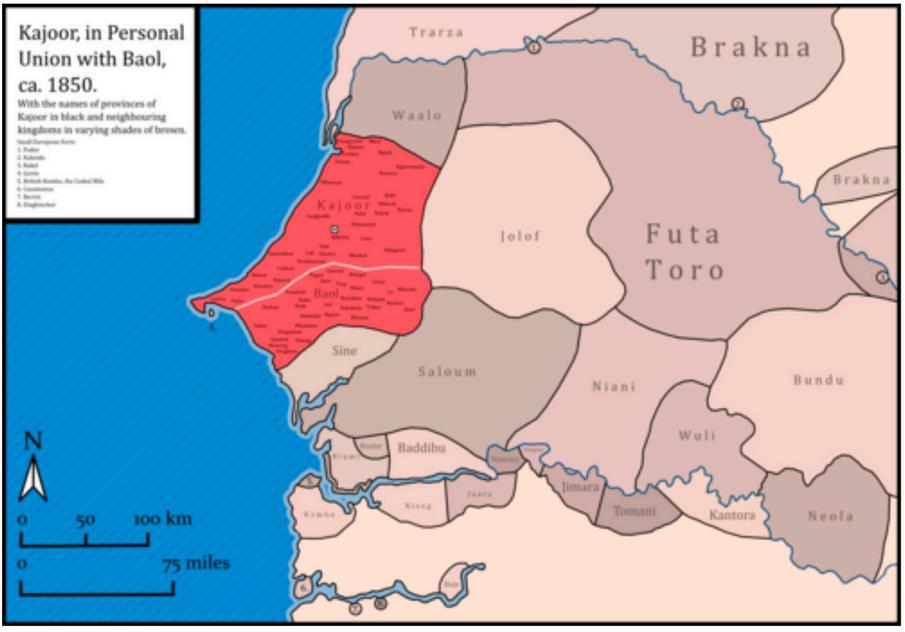
LAT
JJOR OR

Lat Jor (1842–1886) was a Senegalese hero and king of the Kingdom of Cayor. Renowned for his resistance to French colonial rule, he fiercely defended his people’s sovereignty. Lat Jor is remembered as a symbol of Senegalese nationalism and an enduring figure in the struggle for independence.
FATOU DIOME
Fatou Diome is a celebrated Senegalese author whose works explore themes of migration, identity, and cultural divides between Africa and Europe. Her novel The Belly of the Atlantic sheds light on the challenges faced by African immigrants. Through her storytelling, Diome humanizes global migration issues, sparking vital conversations about belonging and cultural heritage.


LITERATURE
AMINATA
SOW FALL
Aminata Sow Fall is one of Senegal’s most esteemed authors and a pioneer of African literature. Her seminal work, The Beggars’ Strike, critiques societal injustices and explores the moral and spiritual dilemmas faced by modern African societies. Sow Fall’s contributions underscore the importance of storytelling in driving social reflection and reform.
MOHAMED MBOUGAR SARR
Mohamed Mbougar Sarr
is a rising literary star, recognized for winning the prestigious Prix Goncourt in 2021 for his novel The Most Secret Memory of Men. His work challenges conventions, addressing themes such as colonial history, identity, and the power of literature itself. Sarr’s success has inspired young African writers to aspire to global literary prominence.
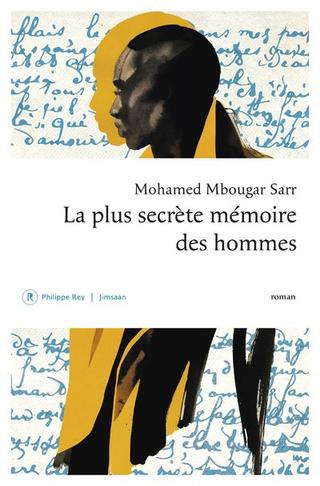

Click on the author to read and learn more!

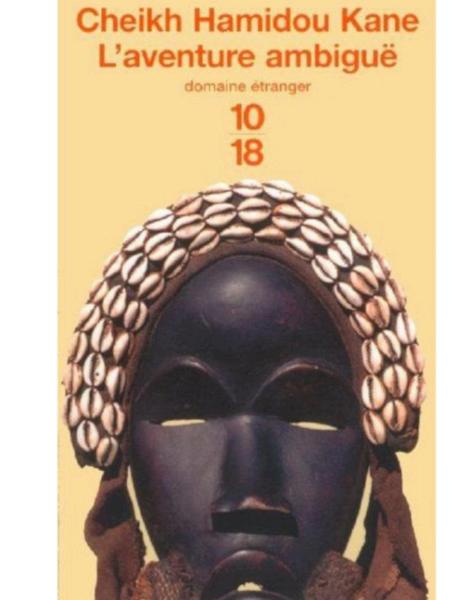
CHEIKH HAMIDOU KANE
Cheikh Hamidou Kane (b. 1928) is a celebrated Senegalese author and thinker, best known for his seminal novel L'Aventure ambiguë (Ambiguous Adventure). His work explores themes of cultural identity, tradition, and the tensions between African heritage and Western influence, making him a key figure in postcolonial literature.
Click on the author to read and learn more!
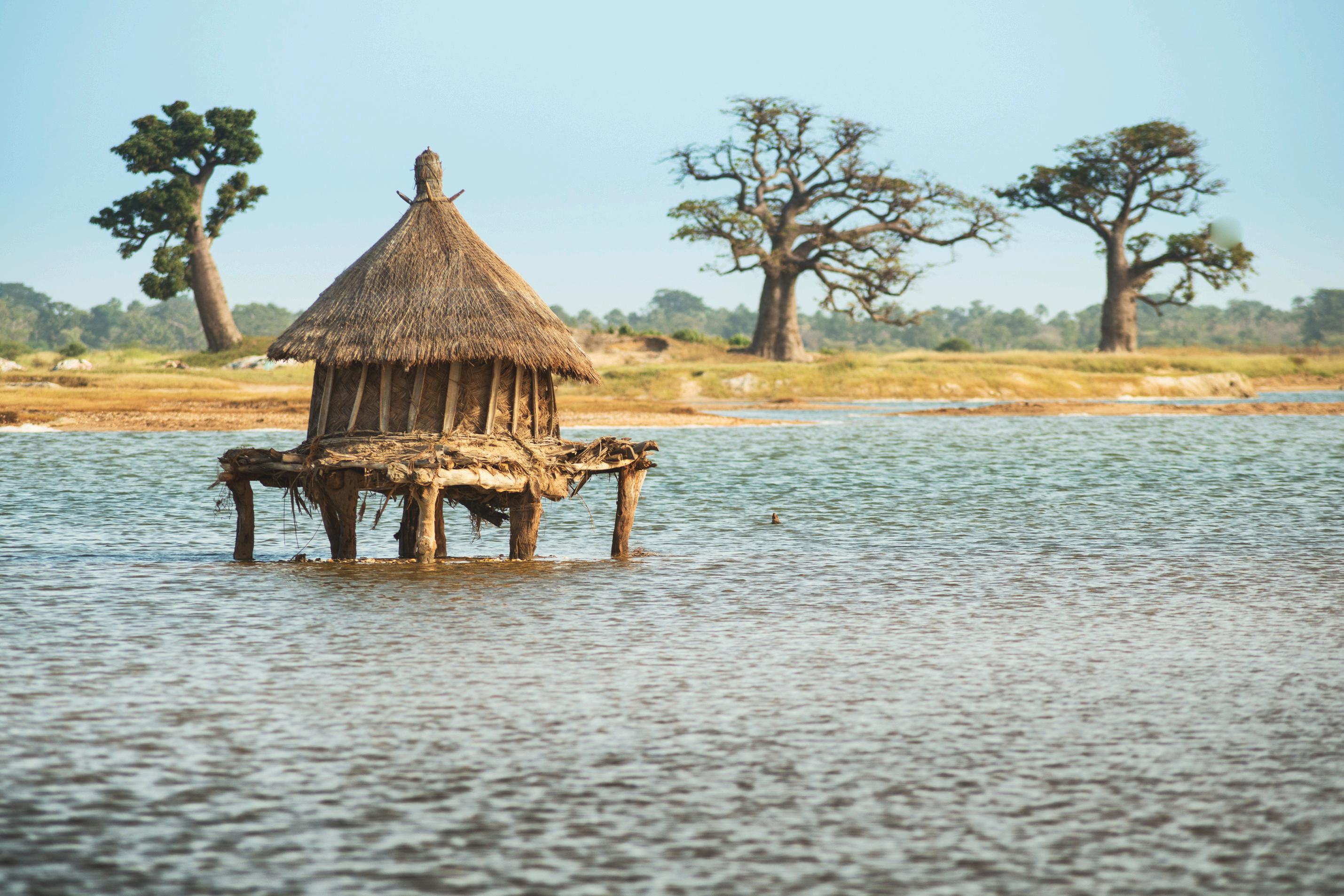

Viyé Diba is an acclaimed Senegalese contemporary artist whose mixed-media installations reflect environmental and social concerns. By repurposing everyday materials, Diba bridges traditional African art forms with modern commentary, emphasizing sustainability and creativity as tools for societal dialogue.

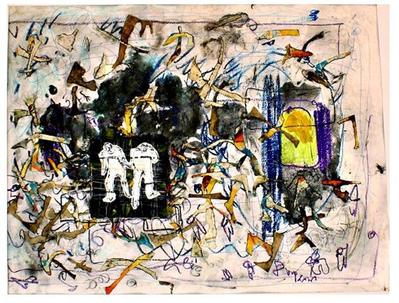

Abdoulaye Ndoye is a visual artist whose abstract works explore themes of African identity, history, and spirituality. His use of traditional symbols in modern contexts helps preserve and reinterpret African heritage, making him an essential figure in contemporary art.



RBS CREW
RBS Crew is a collective of Senegalese & International street artists who use graffiti to comment on social and political issues. Formed in 2012, their vibrant works transform urban spaces into canvases of cultural expression, addressing themes like education, inequality, and environmental awareness, making art accessible to all. Their murals are found all around the city, and make Dakar home to one of the best and most developed graffiti scenes in Africa.

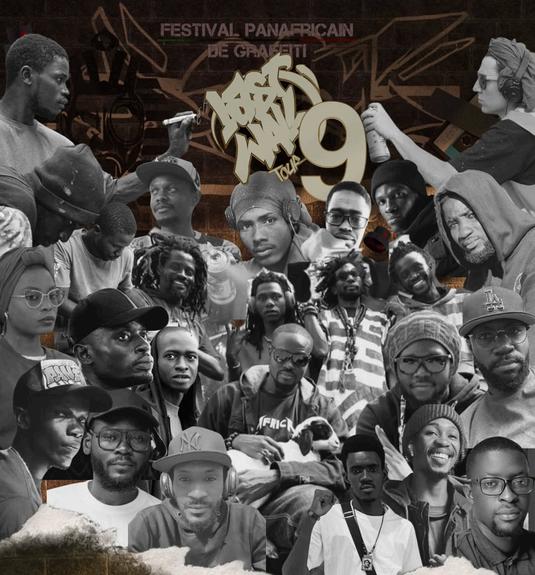




Reug Reug, born Oumar Kane, is a Senegalese Laamb wrestler and MMA fighter renowned for his strength and agility. As a traditional wrestling champion turned global fighter, he brings international attention to Senegal’s wrestling culture. He is currently the One Championship Heavyweight Champion of the world, fighting out of Singapore and known as one of the strongest fighters in the world!
REUG REUG REUG
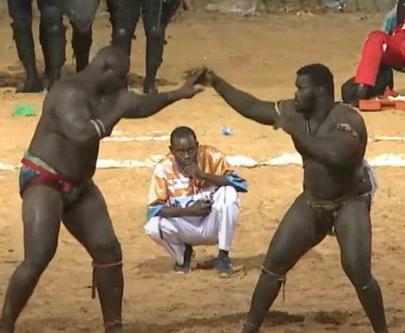

Click on the portrait to learn about this athlete!
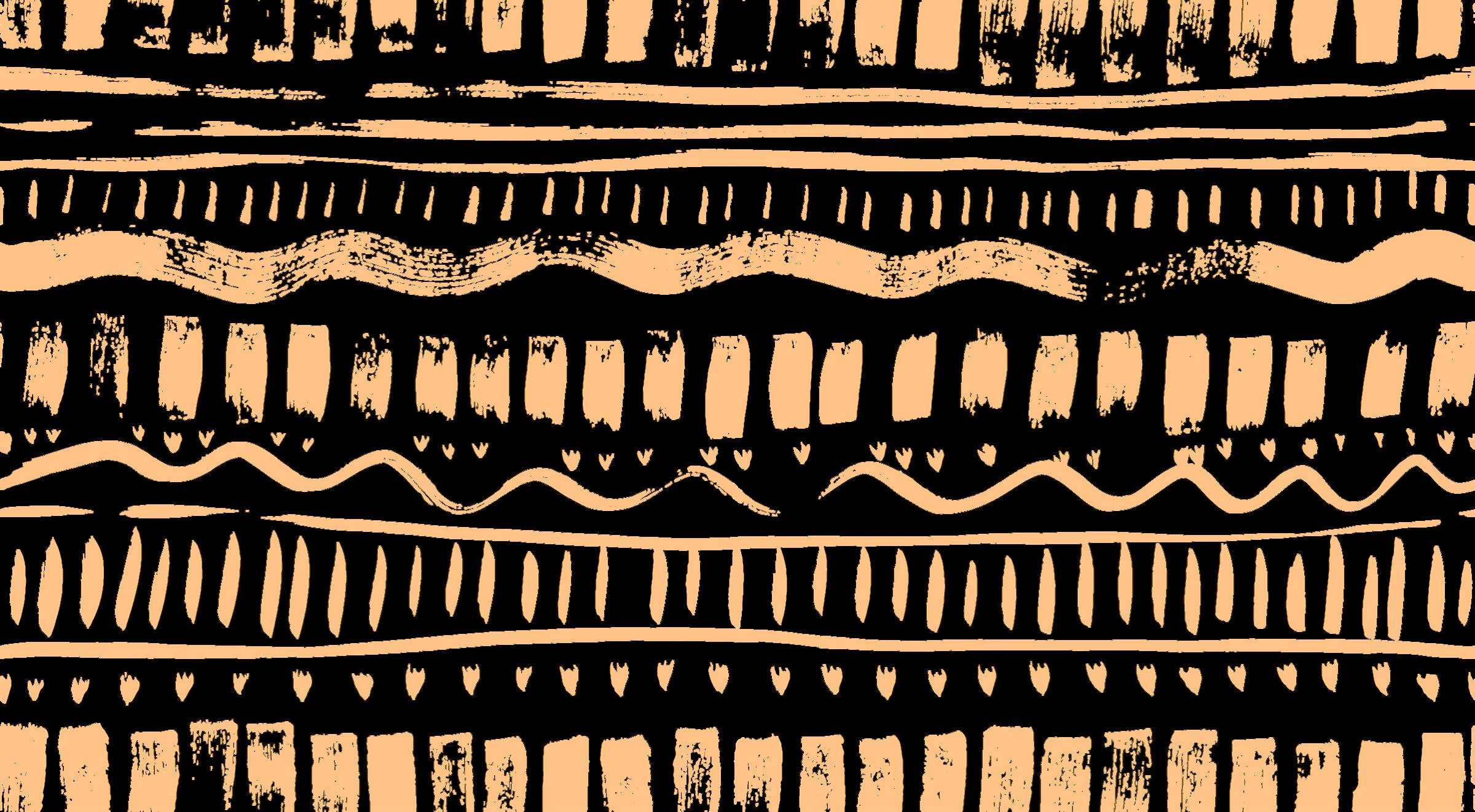

Cherif Fall is a professional surfer from Dakar, and a shining star in the African surfing scene. As the current champion of Senegal and one of the top surfers from the continent, he has made a name for himself in the Qualifying Series with his effortless airs, fierce style, and undeniable passion for the sport. Cherif can often be found carving the waves at Virage Beach, and he also masters the powerful waves off the Petit Corniche in Almadies, a spot known to many in the ISD community. Cherif’s artistry on the water reflects both the beauty of Senegal’s coastline and the rising talent of African surfing.
CHERIF FALL
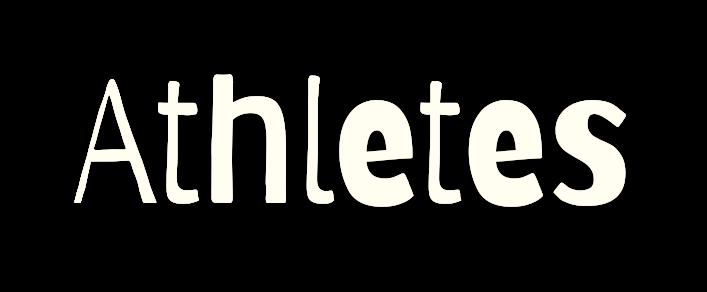


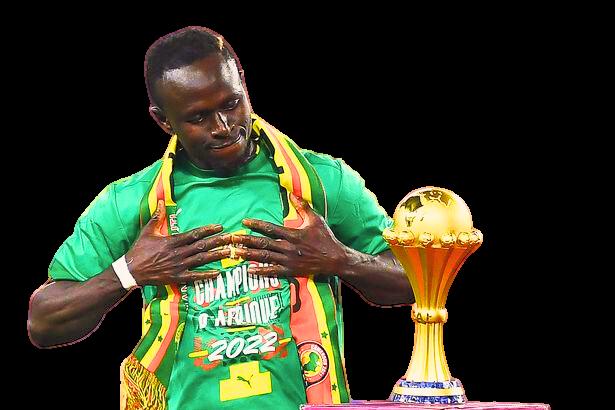
SADIO SADIO MANÉ

Sadio Mané is a professional footballer who rose to prominence with Metz, Red Bull Salzburg, and Southampton before achieving global fame at Liverpool, where he won the Premier League, Champions League, and several other trophies. Mané later played for Bayern Munich, winning the Bundesliga, and now represents AlNassr in Saudi Arabia. Internationally, he led Senegal to their first Africa Cup of Nations title in 2022. Off the pitch, he is celebrated for his humility and philanthropy, funding schools and hospitals in his hometown.
Click on the portraits to learn about these athletes!


AWA MARIE COLL-SECK
Dr. Awa Marie Coll-Seck is a Senegalese physician and global health advocate who has served as Senegal’s Minister of Health. Her leadership in combating malaria and HIV/AIDS has earned her international recognition. She is a driving force in improving healthcare access and advancing public health policies in Africa.
IMPORTANT SCIENTIST
Click on the portrait to learn more about her work!

Ashs the Best is a Senegalese singer whose music addresses societal issues, blending traditional sounds with modern beats. He known for producing beautiful music videos. His lyrics inspire youth to confront challenges in life and embrace their identity.
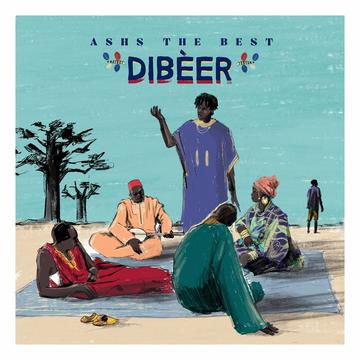
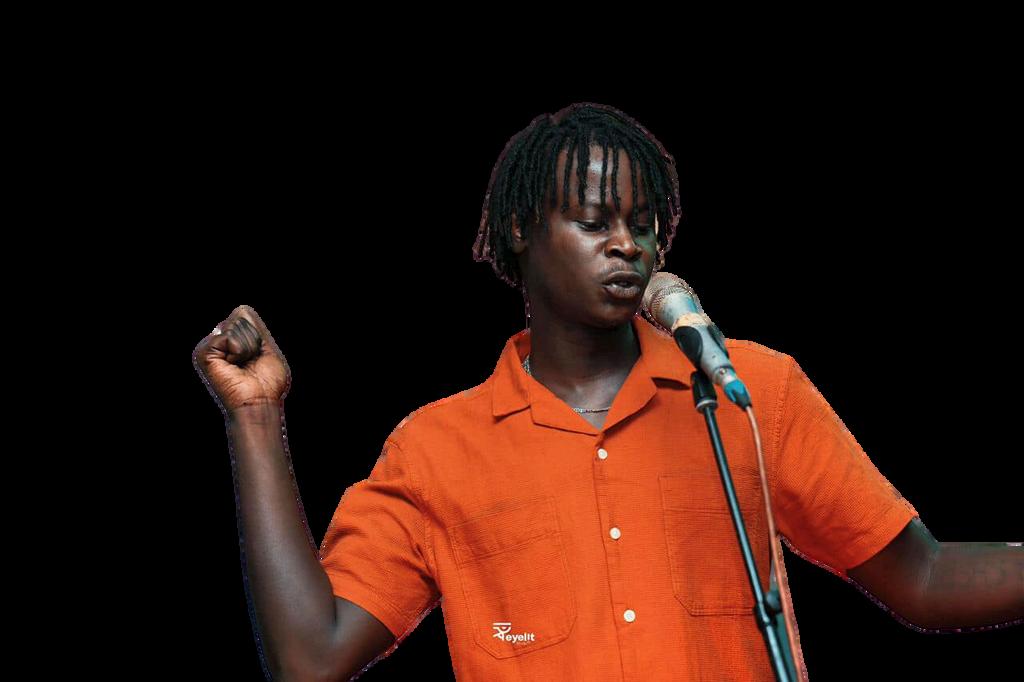
THE BEST ASHS
Powerful Music
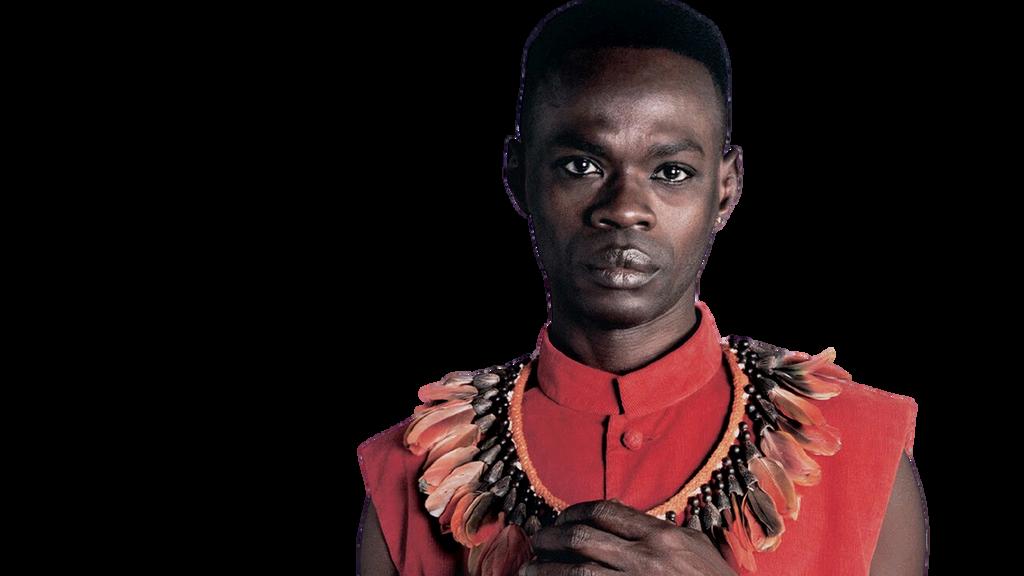
Baaba Maal is a worldrenowned musician and cultural icon known for his fusion of traditional Senegalese sounds with global influences. His music promotes African unity and draws attention to pressing social issues like climate change.
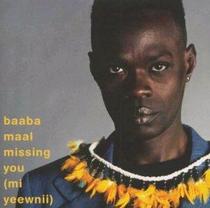

Youssou N'Dour is a globally acclaimed Senegalese singer, songwriter, and cultural ambassador. Known for popularizing mbalax music, he blends traditional Senegalese sounds with global influences. Beyond his music, N'Dour is a political activist and humanitarian, committed to promoting African culture and social causes.
YOUSSOU
Ndour

Powerful Music
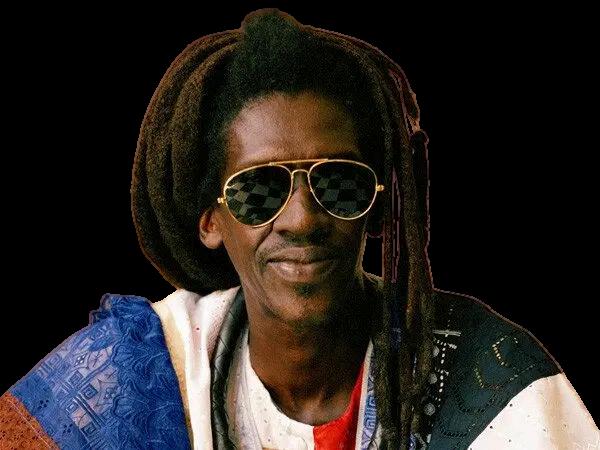
Cheikh Lô is a celebrated Senegalese musician known for his fusion of mbalax, reggae, and Afrobeat. With his soulful voice and innovative style, he often infuses his music with spiritual and social themes. Lô's distinctive artistry and dreadlocked appearance reflect his strong Sufi faith and cultural roots.
CHIEKH Lo
Click on their portraits to listen to their music!
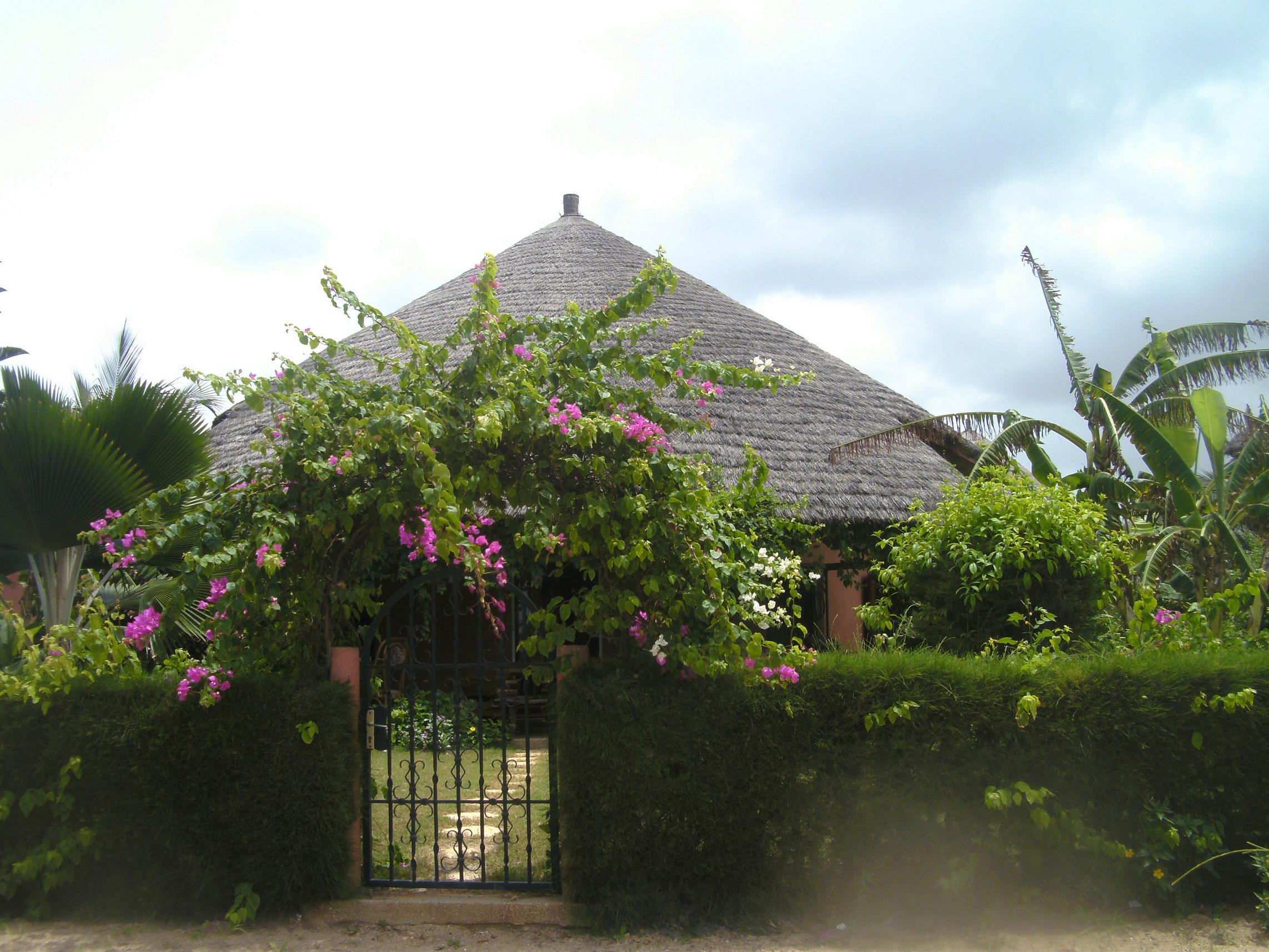
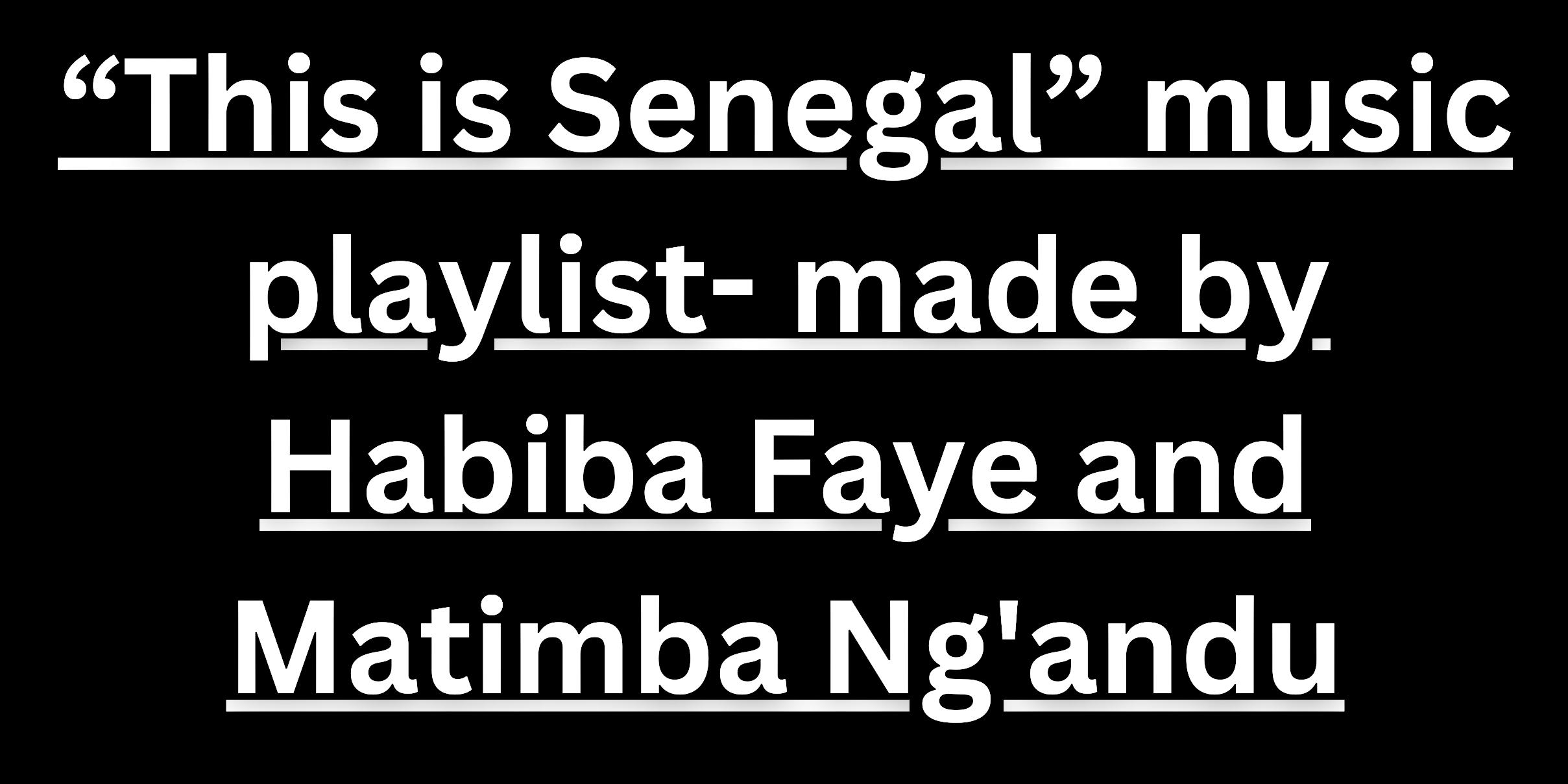
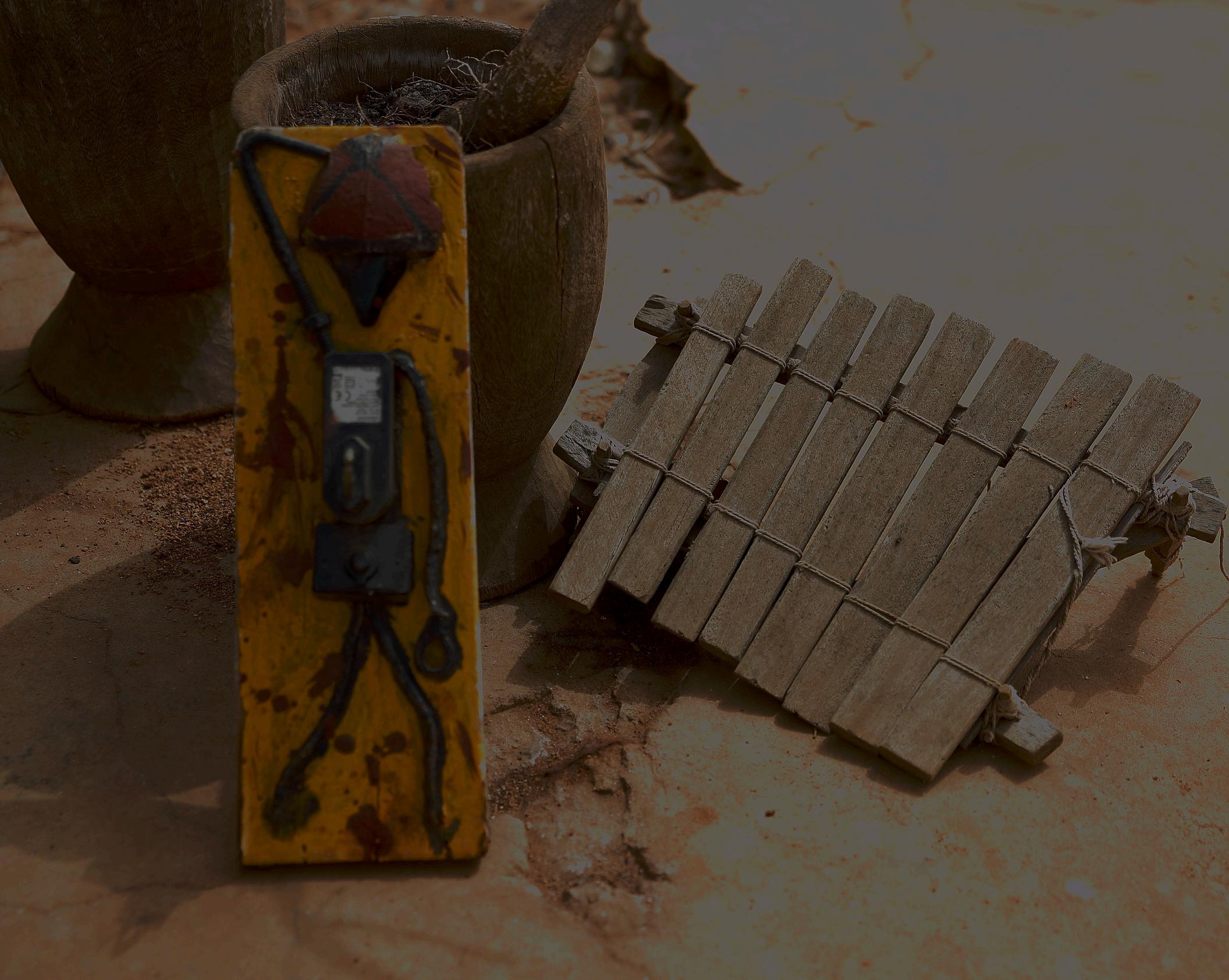


Legendary Music







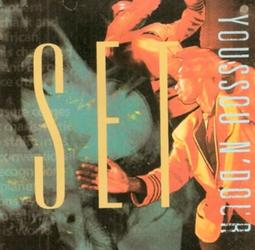
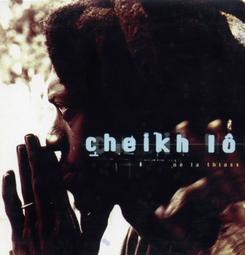


Click on the albums to listen to the music!
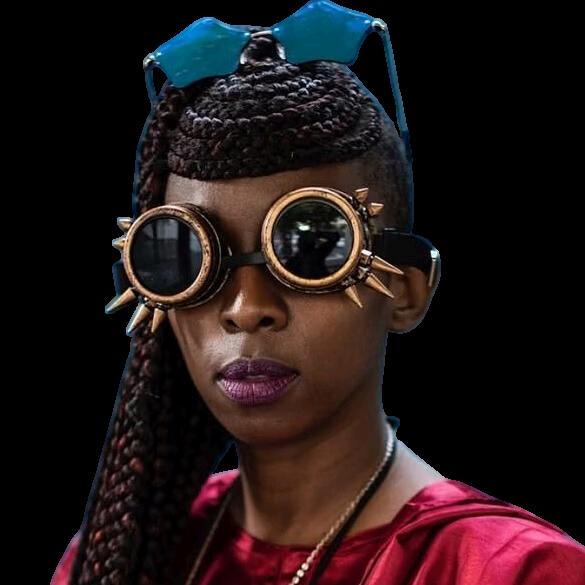
RABY KANE SELLY
Selly Raby Kane is a visionary Senegalese fashion designer known for her avant-garde creations that blend traditional fabrics with futuristic aesthetics. Her work redefines African fashion on the global stage, celebrating innovation and heritage.

Ousmane Mbaye is a renowned furniture designer who transforms recycled materials into vibrant, functional art. His sustainable approach highlights the intersection of creativity and environmental responsibility.
Design
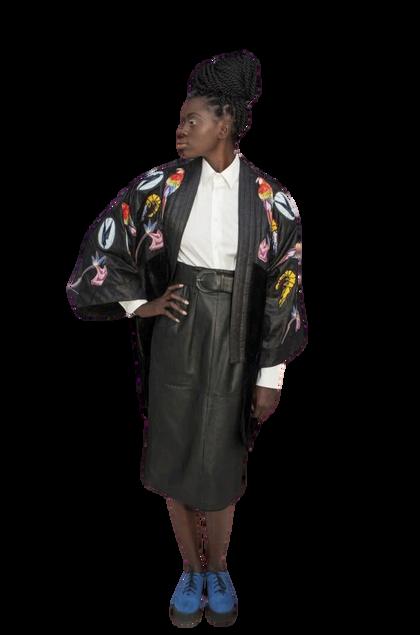


B MBOUP NZINGA
Nzinga B Mboup is an architect whose designs focus on sustainable and contextually relevant architecture in Senegal. Her work addresses urban challenges while preserving cultural and environmental integrity.

Design
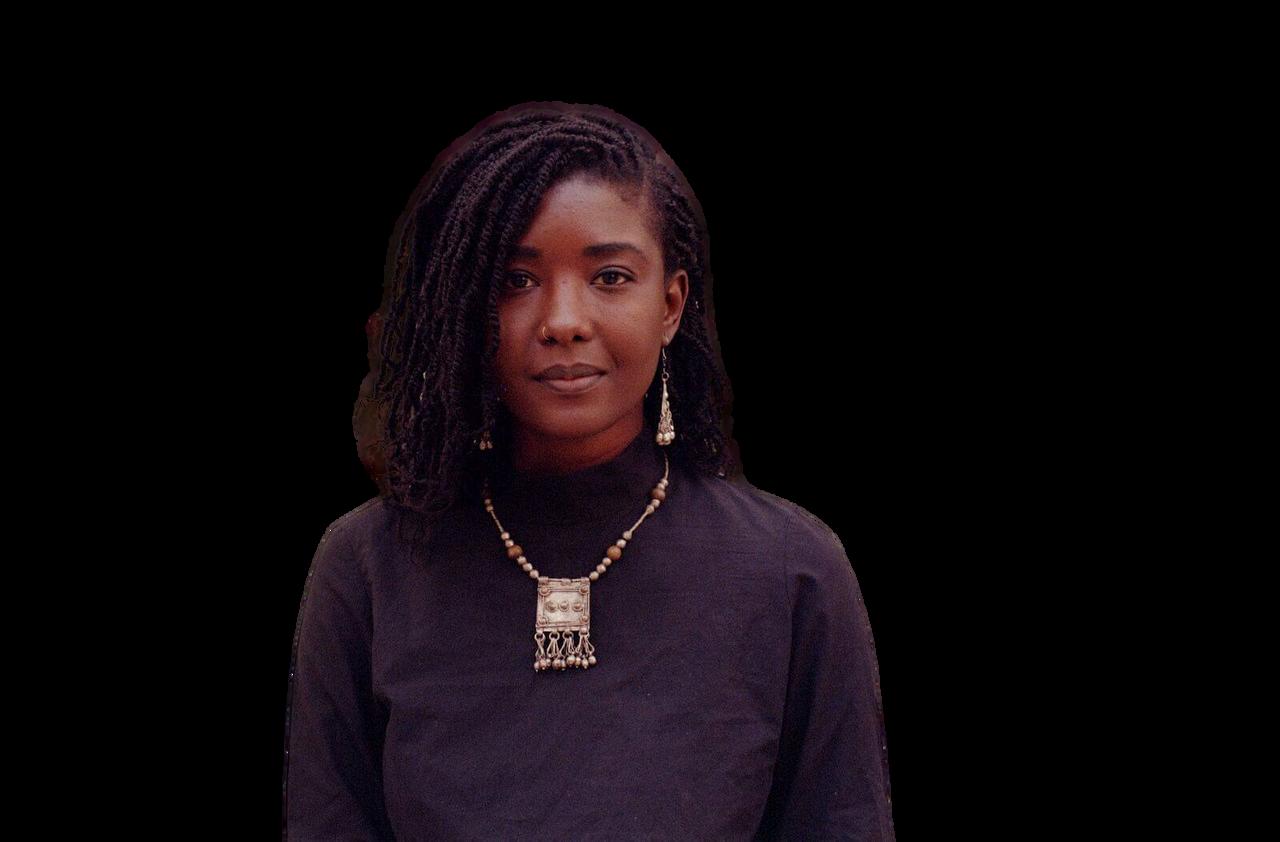
SEMBÉNE OUSMANE
OFTEN REFERRED TO AS THE "FATHER OF AFRICAN CINEMA." HE WAS BORN IN ZIGUINCHOR AND WORKED VARIOUS JOBS, INCLUDING AS A FISHERMAN, BEFORE JOINING THE FRENCH ARMY DURING WORLD WAR II. AFTER THE WAR, HE MOVED TO FRANCE, WHERE HE WORKED AS A DOCKWORKER AND BEGAN WRITING.

SEMBÈNE'S WRITING & FILMS OFTEN DEALT WITH ISSUES OF COLONIALISM, NEOCOLONIALISM, AND AFRICAN IDENTITY. HE PUBLISHED SEVERAL NOVELS, INCLUDING "GOD'S BITS OF WOOD" (1960), WHICH TELLS THE STORY OF A RAILWAY STRIKE IN COLONIAL SENEGAL. SEMBÈNE WROTE AND DIRECTED SEVERAL IMPORTANT FILMS, INCLUDING "BLACK GIRL" (1966), WHICH IS CONSIDERED THE FIRST FEATURE FILM BY A SUB-SAHARAN AFRICAN FILMMAKER.
SEMBÈNE'S WORK WAS WIDELY RECOGNIZED AND AWARDED, BOTH IN AFRICA AND INTERNATIONALLY. IN 1987, HE WAS AWARDED THE PRIX JEAN VIGO FOR HIS FILM "CAMP DE THIAROYE," AND IN 2000, HE RECEIVED THE GRAND PRIX DES AMÉRIQUES AT THE MONTREAL WORLD FILM FESTIVAL FOR HIS FILM "FAAT KINÉ." HE CONTINUED TO WORK AS A FILMMAKER AND WRITER UNTIL HIS DEATH IN 2007.
THIAROYE CAMP DE
Camp de Thiaroye (1988), directed by Ousmane Sembène recounts the harrowing events of the 1944 Thiaroye massacre in Senegal, where French colonial authorities brutally suppressed Senegalese soldiers demanding fair compensation after serving in World War II. The film critiques the systemic racism, betrayal, and exploitation faced by African soldiers, contrasting their wartime sacrifices with the injustices of colonial rule. A deep exploration of dignity, resistance, and the dark legacies of imperialism, Camp de Thiaroye stands as a landmark in African cinema and a powerful historical drama.


Mandabi by Ousmane Sembène is a groundbreaking Senegalese film that critiques bureaucracy and post-colonial struggles. It remains a classic in African cinema for its poignant storytelling and social commentary.
Film/TV shows
The Bete Bete series is a popular Senegalese TV show blending drama and cultural narratives. Its relatable themes and engaging storytelling resonate deeply with local audiences, preserving cultural nuances while addressing modern challenges.



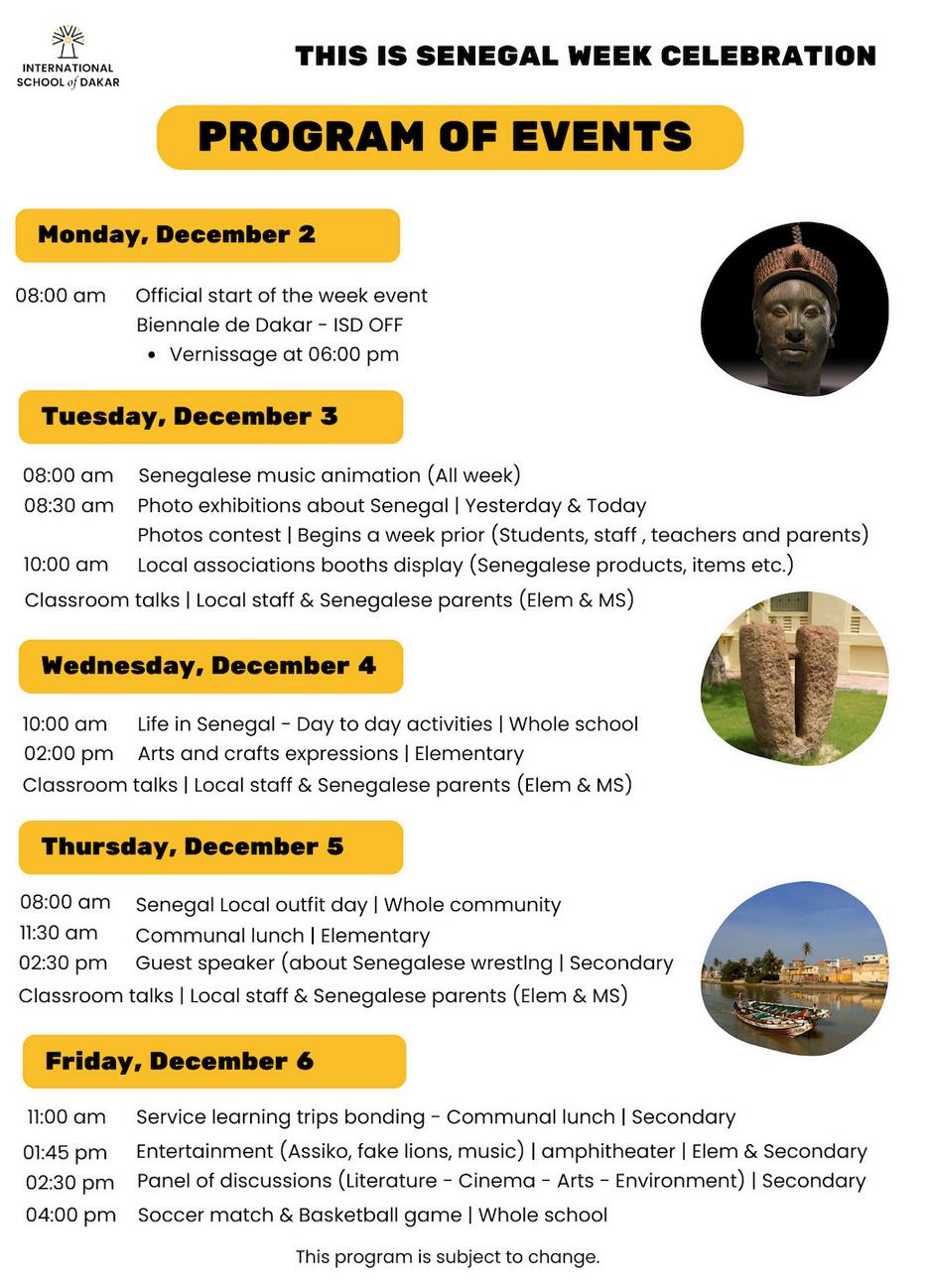
The Dakar Grand Mosque is an iconic religious and architectural landmark in Senegal, symbolizing Islamic culture and unity. Its intricate designs and cultural significance make it a cornerstone of Senegalese identity.


The Mosque of the Divinity is a stunning landmark located in Ouakam. Known for its striking white and green facade, it features a blend of traditional and modern architectural styles. Its seaside location adds to its beauty , attracting both worshippers and tourists.
The Museum of Black Civilizations is a cultural landmark celebrating the history, art, and achievements of people of African descent worldwide. Opened in 2018, it houses diverse exhibitions showcasing African heritage, including ancient artifacts, contemporary art, and diasporic contributions.
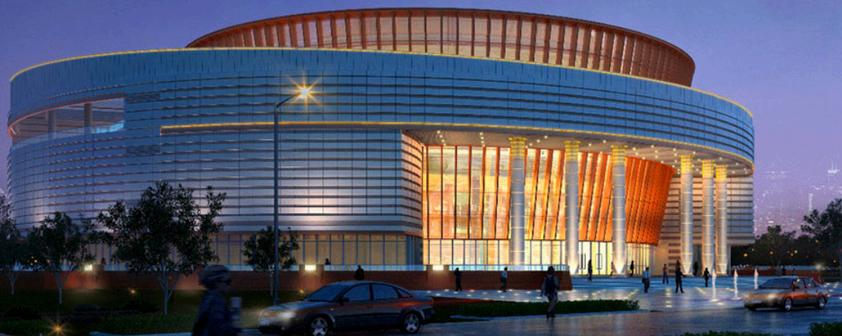

The African Renaissance Monument in Dakar is a colossal bronze statue standing 49 meters tall, making it the tallest in Africa. Unveiled in 2010, it depicts a man, woman, and child, symbolizing the triumph of African liberation.
Lompoul Desert is far removed from Dakar and the lush coastlines. The quiet here is a trademark. The area is known for its orange hues and night campfires. Traditional Mauritanian-style tents are set up around the edges of the desert. Its recently begun mining the mineral Zircon.


The city of Thiès, located just east of Dakar, is known especially for its colorful fabrics. Thiès is home to the Manufacture Sénégalaise des Arts
Décoratifs, a renowned textile factory. Beyond its markets, the city serves as an important transit point for travelers exploring Senegal, connecting the country’s northern, southern, and coastal regions.
Saint-Louis, a UNESCO World Heritage site, holds a unique place in Senegal’s history and is renowned for its colonial architecture, cobblestone streets, and pastel-colored buildings. Set on an island at the mouth of the Senegal River, Saint-Louis was the first French settlement in West Africa and served as the colonial capital. Today, Saint-Louis is known for its annual Saint-Louis Jazz Festival.
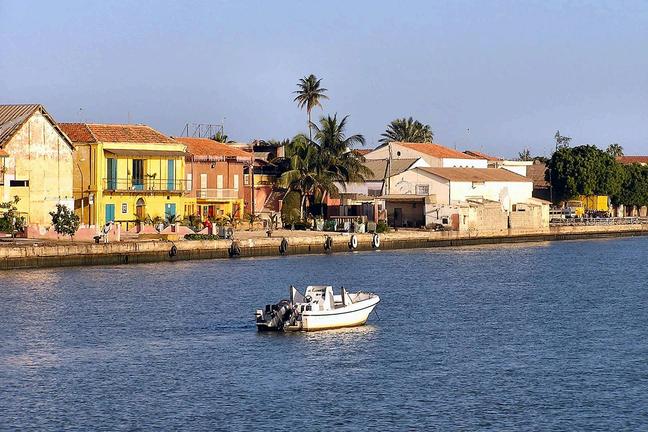
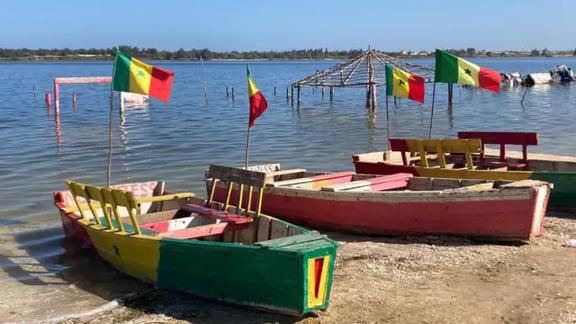
Just outside of Dakar, Lac Rose, or Lake Retba, used to be known for its surreal pink waters, a natural phenomenon caused by high salt concentrations and algae that thrive in this unique environment. However the algae was recently killed off. The lake’s rosy hue was most vivid during the dry season, and was home to a thriving salt-mining industry where local workers harvest salt from the lake’s shores in a centuries-old tradition.
The Sine-Saloum Delta, a UNESCO Biosphere Reserve, is a land of mangroves, islands, and waterways and is home to an incredible variety of vibrant bird species like flamingos and pelicans. Traditional fishing villages dot the area, and locals continue to live off the land and water, practicing fishing and shellfish harvesting as their ancestors have for generations.


Ndayane is a charming fishing village along Senegal’s Petite Côte, known for its beaches and relaxed atmosphere. This small coastal town was largely undeveloped but is growing due to a new deep-water port.
Somone is a serene coastal village with a beautiful lagoon and home to mangroves, sandy beaches, and many different bird species, including herons, flamingos, and pelicans. The lagoon is traveled by kayak or on foot.


Gorée Island, off the coast of Dakar, is a UNESCO World Heritage Site known for its haunting history as a key location of the transatlantic slave trade. Its House of Slaves (Maison des Esclaves) stands as a somber reminder of this dark chapter, with its infamous "Door of No Return." Today, the island is a thriving artistic island and its picturesque colonial architecture and vibrant culture add to its significance.

